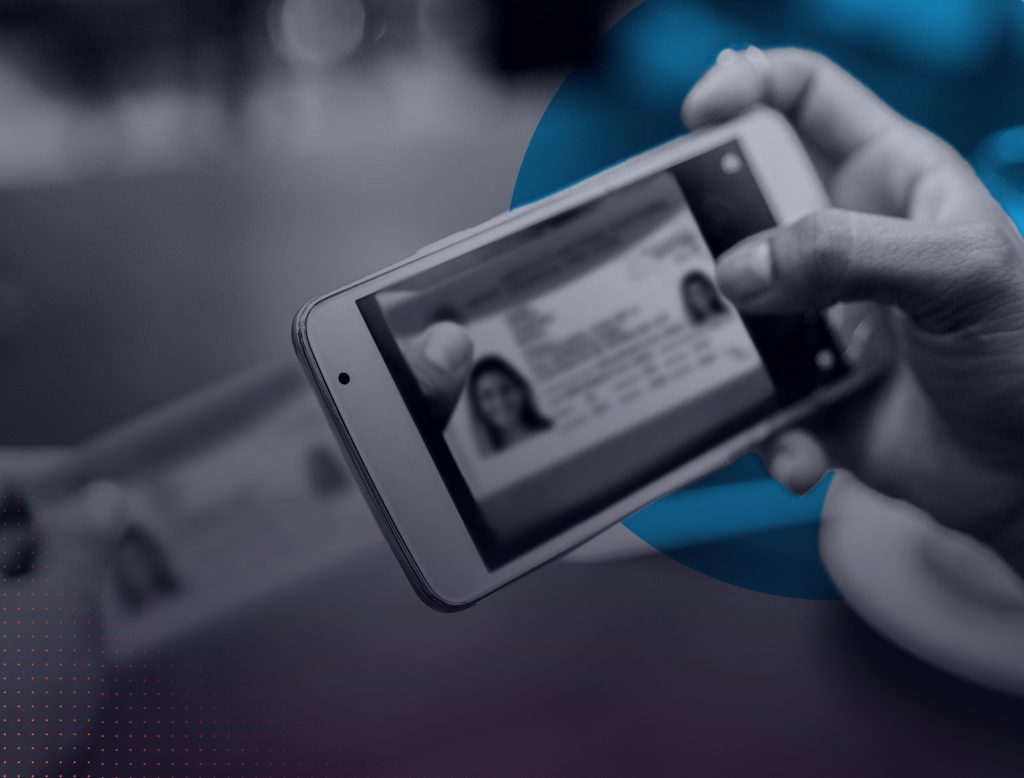The identity validation process has matured in the financial sector – and has been accepted by users – largely due to the regulations with which institutions must comply. However, other sectors that have been forced to digitize their processes also need to validate the identity of their users, and that this validation does not conflict with their digital onboarding mechanisms. This is even more important for those services that are born digital, and that rely on remote identity validation. In this paper, we evaluate how identity validation features can improve digital onboarding.
The term “onboarding” (or induction in Spanish) in digital services refers to all those mechanisms or features that make a new user sign up for a digital service, become familiar with it, use it successfully, and become a recurring user [REN2016]. As expected, the success of onboarding is highly dependent on the type of business. However, due to the need for many services to identify their users, identity validation has become a cross-cutting element.
Identity validation is fundamental for the financial sector, not only because of the regulations that oblige these types of institutions to establish who is trygin to access financial services, but also because it is the first element that helps to mitigate the risk of fraud, which affects both users and financial institutions. In other words, identity validation helps to maintain “market integrity”.
As expected, the pandemic generated by COVID-19, and the measures taken as a result of it, accelerated the adoption of digital tools to access financial services in the Latin American region. In Ecuador for example, Banco Guayaquil stated that web and mobile transactions grew by 27% and 57% respectively from March to June 2020, that is, in only 3 months [COM2020]. This has led both the financial sector and the fintech sector [RID2020a] in the region to evaluate more carefully the experience of their digital users, and as a result, the identity validation processes.
An important aspect when evaluating an identity validation mechanism is its relevance to the process. That is, there are processes that have specific needs that extend identity validation. For example, the financial sector has regulations that require a rigorous customer knowledge process, through which it is necessary to verify the level of risk associated with money laundering or terrorist financing. These types of requirements force the user to provide more information than in other processes, which can affect the user experience if not done properly.
In sectors such as virtual education, and in the so-called MOOCs, it is known that a high percentage of enrolled students do not complete the courses [REN2016], so onboarding processes seek to generate an experience that invites users to return, and to feel accompanied throughout the process. Additionally, some of these courses provide certificates attesting to the completion of the studies, which must be associated with an identity. In this type of case, it is quite likely that the user will not feel it is a problem to offer credentials that validate their identity, such as documents, photos, telephone or email.
On the other hand, [PUG2018] indicates that the insurance sector has not sufficiently matured its digital processes, causing users to feel obliged to make insurance purchases via face-to-face as a result of a frustrated experience in the digital medium. This failure is associated with the difficulty in understanding the commercial offer, the feeling of distrust in the products, and a lack of coordination between the digital tools with the sales processes. In other words, in this one the onboarding process does not suffer due to the identity validation process (which is necessary for the purchase of insurance or a policy), but to the lack of maturity of the digital offer. It is to be expected that this will be repeated in other types of businesses that have been forced to move to digital media, i.e., that are not “born digital”.
Identity validation and user experience
As mentioned above, identity validation is a very important component for offering integrity to the digital market, and for this reason it must be rigorously evaluated. Part of this evaluation is oriented towards the security it offers, but another no less important part is oriented towards the effort it represents for users, and on how easy it can be integrated to the digital service.
One of the most popular mechanisms for validating user identity is biometrics. Among the different existing methods, the most widely used in mobile applications is facial recognition, mainly due to the fact that cell phones have good resolution cameras [RID2020b]. In addition, the process of taking a photo with a cell phone is quite simple, and so widespread that a word was even created in the last decade for it: the selfie.
As an identity validation element, the selfie has several advantages that are taken into account by user experience design experts. On the one hand, it can be easily integrated into the digital experience since most cell phones have a front camera. This allows the user to not feel that they are making an extra effort, nor that they are performing an unfamiliar or strange action, which could put them off using the service. A second advantage of this process is that it takes little time, as facial validation occurs in less than a second, and it is easy to quickly give the user feedback. In [MAC1994], it is argued that when the waiting time exceeds 10 seconds, the user feels that the process is too long, severely affecting their experience. This could occur for example with voice recognition tools, which require the user to repeat a phrase, and are also more prone to failure (extending the response time). A third favorable aspect for facial recognition is that while it requires the user to follow an instruction (to take a picture without backlighting, without obstructions, etc.), this is under the user’s control, and can be overcome easily. Therefore, this can be considered a complete, low-effort step that is part of an experience in which other different steps are added. Breaking a long process into small parts is a strategy that has long been used in human-machine interfaces. Because the validation process may require background checks on the individual, review of risk lists, etc., it is necessary to keep each step simple, and face recognition fits into this category.
On the other hand, there are still certain fears associated with facial recognition as an element of identity validation. According to [MIT2020], only 24% of the people surveyed saw no problem in providing information to their financial institutions for facial recognition. Paradoxically, it is the most frequent users of photo-based social networks such as Instagram or Snapchat (generation Z and millennials), who felt less comfortable in providing facial recognition information to banks. The same study argues that among the reasons that would make them feel more comfortable sharing this information are: i) that information is not shared with third parties, ii) that sensitive information is protected, and iii) that it is explained what the shared information is used for and how it is used. This last aspect seems to us to be of great importance and we had mentioned it in our guide to mitigate fraud in digital processes [RID2020c]. Clearly explaining to users what is going to be done with their data, why it is necessary, and what rights they have over it is a fundamental aspect of the appropriation of digital identity and is part of the user experience. On the other hand, the requirements that financial institutions must store and protect personal and sensitive data are much more rigorous than those of social networks.
Conclusions
Identity validation is a very important element of the user experience, as well as of digital onboarding. In sectors such as finance, where digital offerings can be considered mature, the need to couple identity validation with user experience has been emphasized, and methods such as facial recognition have gained momentum. Aspects such as response time, limited effort, and the ability to be integrated into more complex processes continue to make facial recognition a fundamental component, although more effort is required when communicating the need to capture and process biometric data.
Diego Pacheco-Páramo
Translated by: Anasol Monguí
Bibliography
[REN2016] Improving the onboarding user experience in MOOCS. J. Renz, T. Staubitz, J. Pollack, C. Meinel. Hasso Plattner Institute. 2016
[COM2020] La banca web y móvil crecieron durante la pandemia. Junio 2020. https://www.elcomercio.com/actualidad/bancos-tarjetas-movil-pandemia-coronavirus.html
[RID2020a] Soluciones de validación de Identidad digital en el ecosistema Fintech. Reconoser ID. Marzo 2020. https://reconoserid.com/soluciones-de-validacion-de-identidad-digital-en-el-ecosistema-fintech/
[RID2020b] Biometría para validación de identidad. Reconoser ID. Enero 2020. https://reconoserid.com/biometria-para-validacion-de-identidad/
[PUG2018] A Tale of Self-Doubt and Distrust Onboarding Millennials: Understanding the Experience of New Insurance Customers. ZHAW School of Management and Law. C. Pugnetti et al. Noviembre 2018.
[MAC1994] Controlled attention sharing influences time estimation. F. Macar et al. Memory & Cognition, 1994.
[MIT2020] La guía de las instituciones financieras para mejorar el onboarding. Mitek. Septiembre 2020.
[RID2020c] Guía para mitigar el fraude en servicios digitales. ReconoSER ID. Mayo 2020.https://reconoserid.com/guia-para-mitigar-el-fraude-en-servicios-digitales/



